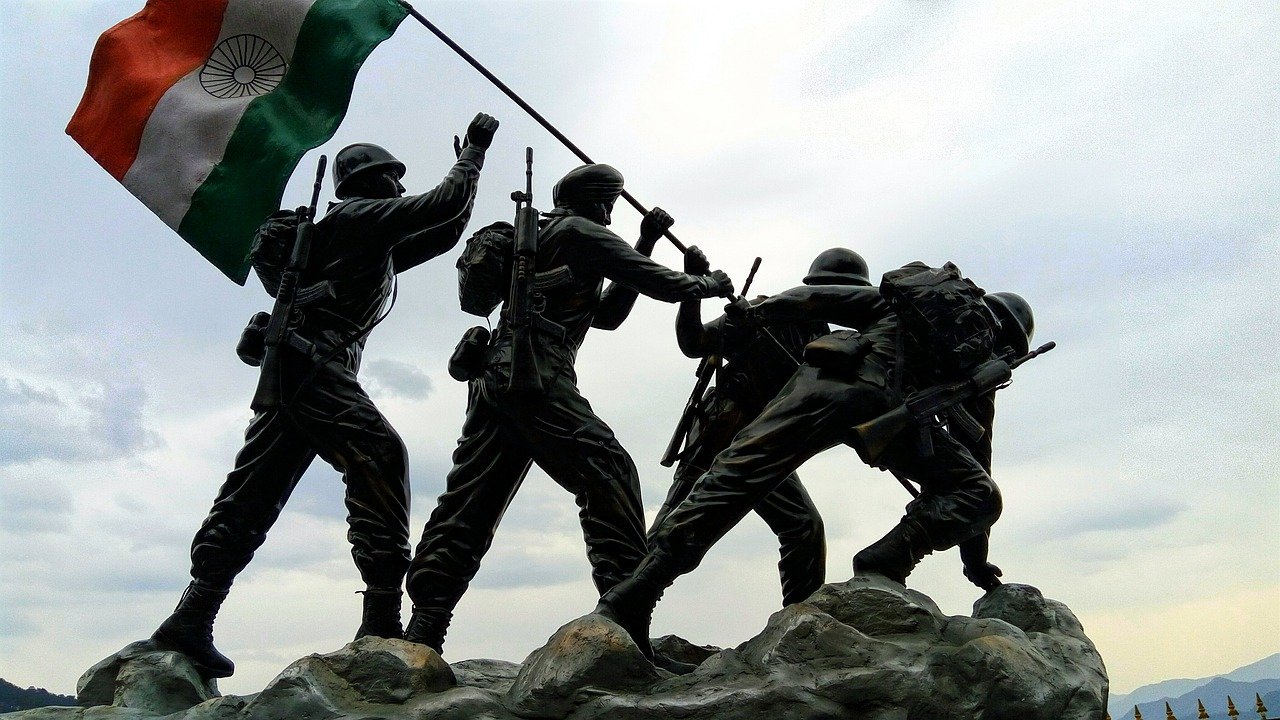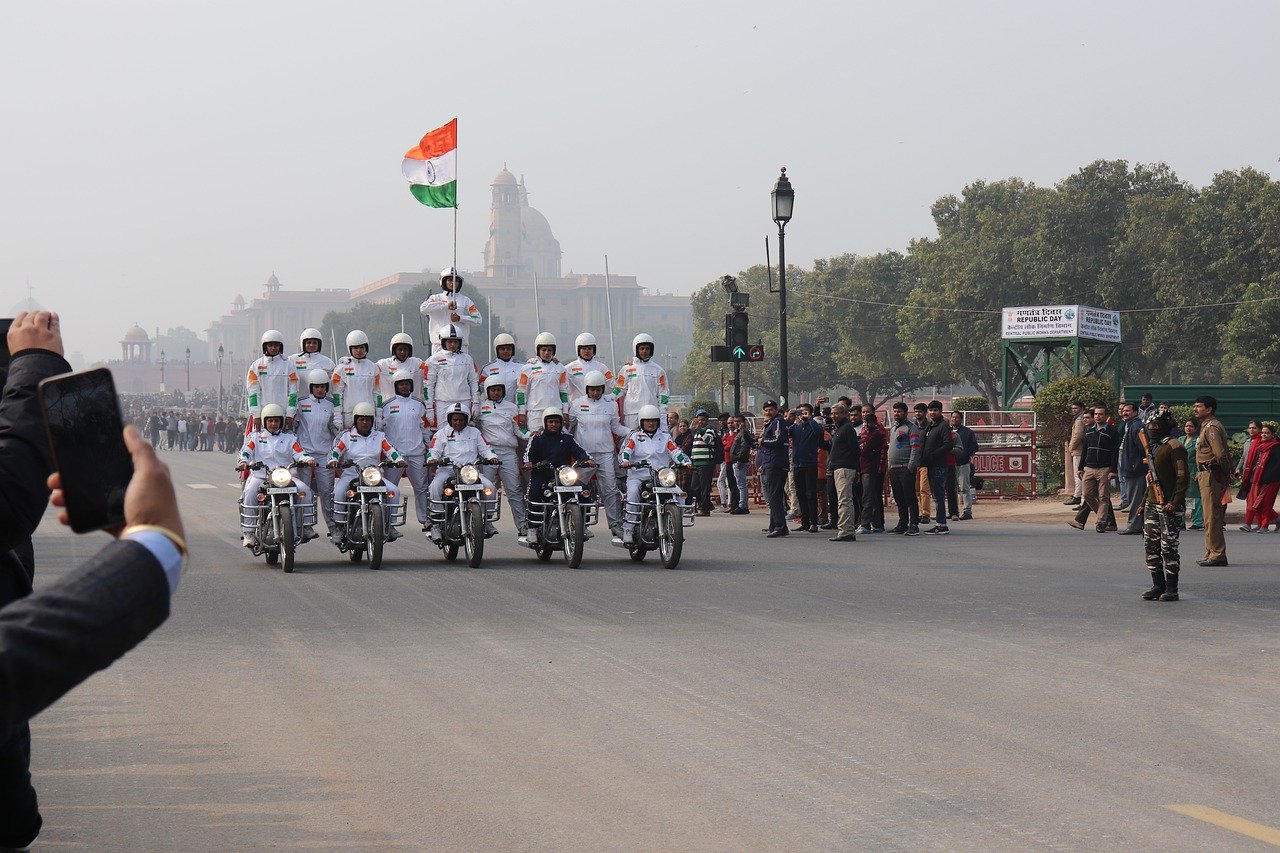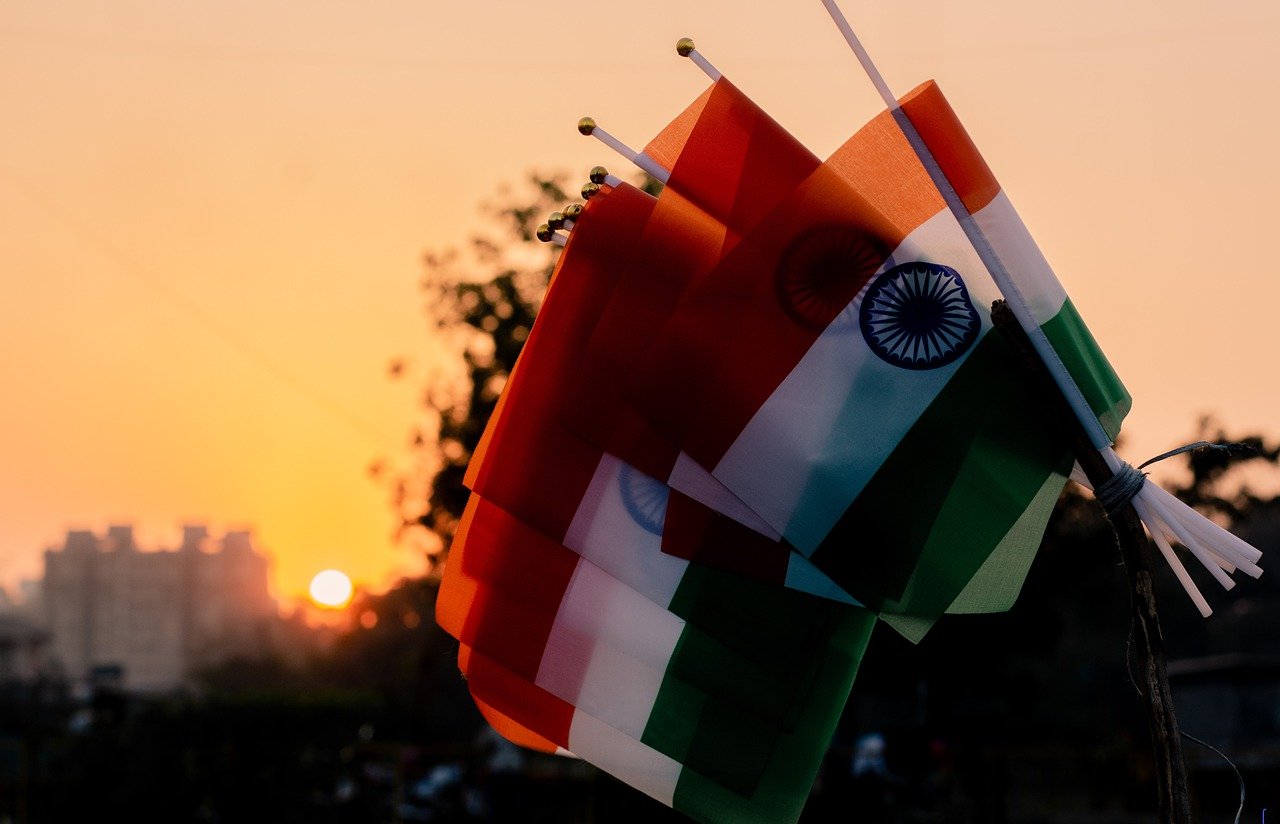The struggle to get back the soil of the country. War, movement and tireless efforts to preserve their individuality. Every man counted the days in his dreams, aspirations and demands for the liberation of India from British captivity. August 15, 1947 was the last day of unjust oppression and sacrifice of thousands of lives. The blood of the martyrs did not fail on that 15th of August, the year of India to restore its dignity after a thousand insults in the struggle of the freedom fighters is still manifested in equal glory. India’s Independence Day is significant as it stands as a reminder of the sacrifices that many freedom fighters made to get independence from British rule.

Independence Day is the Republic of India’s national holiday. On August 15, 1947, India declared independence from the British Crown. Since then, the Prime Minister of India has raised the national flag at the Red Fort and addressed the country every year on Independence Day. The country is ecstatic to be 75 years old, and preparations for the celebration are underway. In terms of democracy, republicanism, and, of course, secularism, independent India remains unique. The Teranga national flag was raised at Lalkella’s Lahore Gate. Every year since then, it has been commemorated as a symbolic occasion.

Many of us do not know few unknown fact about India’s Independence Day. These are reproduced below :
1. On 15 August 1947, the country became officially independent. But before that, on. July 14 of the same year, India gained independence unofficially.
2. Mountbatten chose August 15 as India’s Independence Day. Because on this day after World War II, Japan surrendered to the Allies. He chose this day in his memory.
3. Until 1973, the governors of the states hoisted the national flag on Independence Day. But that changed in 1984. M Karunanidhi raised the issue with the central government and was the first chief minister to hoist the national flag on Independence Day.

4. Before independence, India had a small kingdom of 550 kings. Sardar Vallabhbhai Patel requested them to unite. Discussed with them. They agreed to join India and eventually joined.
5. After gaining independence, Mahatma Gandhi wanted to dissolve the National Congress. He said in a draft written a day before his death that the National Congress had met his goal. The need for it is gone.
6. The country’s first Prime Minister Jawaharlal Nehru – everyone knows that. But he did not win a majority to become prime minister. Sardar Vallabhbhai Patel won by a majority of votes. But Mahatma Gandhi’s favorite pot was Nehru. Gandhiji requested Sardar Vallabhbhai Patel to resign.
7. On the second day of the Indian National Congress’s annual session in Calcutta on December 27, 1911, Bharoto Bhagyo Bidhata was first sung. Sarala Devi Chowdhurani, Tagore’s niece, sang the song with a group of school kids in front of important Congress members such as Indian National Congress President Bishan Narayan Dhar and Ambika Charan Majumdar. On January 24, 1950, the Constituent Assembly of India renamed the song ‘Jana Gana Mana’ and declared it the national anthem of India.
8. The current flag design was approved by the Constituent Assembly on July 22, 1947, and it was acknowledged as the official flag of the Kingdom of India on August 15, 1947. It’s known as “Teranga” in India. The flag was created in the style of the Indian National Congress’s Pingali Venkaiah banner. On August 7, 1906, in Parsee Bagan Square in Kolkata, the Indian national flag with three horizontal stripes of red, yellow, and green was raised. Pingali Venkayya, a freedom warrior, created the first form of India’s present national flag in 1921. The present flag, which has the Ashok Chakra in the centre and is made of saffron, white, and green colours, was adopted on July 22, 1947, and raised on August 15, 1947.
9. Along with India, five other countries commemorate their independence on August 15. Bahrain, North Korea, South Korea, and Liechtenstein are the countries involved.
10. The Khadi Development and Rural Industries Commission has the production rights. This committee is in charge of allocating production rights to various regional groupings. According to 2009 data, the Karnataka Khadi Village Industries Association is India’s only national flag manufacturer.
11. Goa remained a Portuguese colony even after India’s independence. The Indian Army only annexed it to India in 1961.
12. When Benoy Basu, Badal Gupta, and Dinesh Gupta dressed European clothes and entered the Writer’s Building, they were 22, 18, and 19 years old, respectively. Colonel NS Simpson, the ruthless Inspector General of Police, was their objective. They were able to kill him, but the pose overwhelmed them. Benoy swallowed a cyanide tablet to evade capture, while the other two shot themselves. To pull off anything like this, you need more than just guts.

13. Few people have heard of Potti Sreeramulu, a Mahatma Gandhi admirer and follower. “If only I had eleven more disciples like Sriramulu, I could achieve independence in a year,” Gandhi reportedly stated after witnessing his devotion to humanitarian causes and the nation.
14. Kanaiyalal Maneklal Munshi, also known as Kulpati, was a key figure in India’s independence struggle, particularly the Quit India Movement. Bharatiya Vidya Bhavan was founded by him. His devotion and enthusiasm for an independent India was demonstrated by the number of times he was detained by the British administration.
Many of us are still unfamiliar with the names of legendary Indian female independence warriors.
15. The International Socialist Conference was held in Stuttgart, Germany, on August 21, 1907. The meeting had attracted a thousand delegates from all around the world. Bhikaji Rustom Cama unfurled the first iteration of the Indian national flag—a tricolour of green, saffron, and red stripes—on this occasion. “This is the flag of independent India,” the angry lady declared. All gentlemen, please rise and salute the flag.”

Surprised by the spectacular event, all of the conference participants rose to their feet and honoured the first flag of independent Hindustan. Madam Cama wished to put poverty, famine, and persecution under British control.
16. Few people have heard of Aruna Asaf Ali, who rose to notoriety when she was 33 years old and carried the Indian National Congress flag during the Quit India Movement at the Gowalia Tank Maidan in Bombay in 1942.

17. Lakshmi Sahgal, commonly known as Captain Lakshmi, was an officer in the Indian Army. Lakshmi was a World War II soldier who was imprisoned in Burma for a while. She provided her name when she learned that Bose was recruiting female troops as well. She was given orders to establish the Rani of Jhansi Regiment, a female regiment in which she was given the rank of Captain.

18. Sucheta Kriplani was the first woman to be elected Chief Minister of an Indian state (Uttar Pradesh), as well as the founder of the All India Mahilla Congress in 1940. She was a Gandhian who aided him during the partition riots and the independence struggle. She sang Vande Mataram in the Constituent Assembly on August 15, 1947.

19. The tale of Kanaklata Barua, a 17-year-old Assamese girl who was shot dead with the tricolour clutched in her hands during India’s freedom struggle, is often overlooked among the more well-known accounts of the country’s liberation struggle. Barua led a protest group, the ‘Mukti Bahini,’ to the Gohpur Police Station on September 20, 1942, at the height of the Quit India Movement, in an attempt to unfurl the tricolour.
.
20. Matangini Hazra was a member of the Non-Cooperation Movement and the Quit India Movement. Even after being shot three times during one parade, she continued to march with the Indian flag. “Vande Mataram,” she continued screaming.

